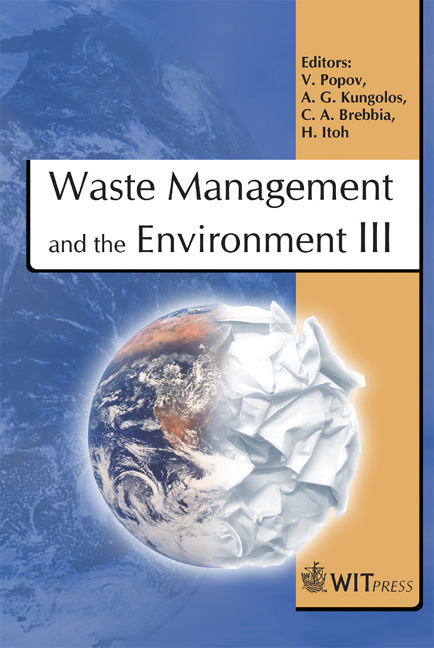\“Flameless” Oxyfuel Combustion Development For Process Improvement, Emission Reduction In Furnaces And Incinerators
Price
Free (open access)
Transaction
Volume
92
Pages
10
Published
2006
Size
488 kb
Paper DOI
10.2495/WM060271
Copyright
WIT Press
Author(s)
W. Blasiak & J. von Schéele
Abstract
In recent years, the focus for the development of combustion technology focus has been set on the following main aims: fuel consumption reduction, nitrogen oxides emission reduction, increased productivity and product quality. Fuel consumption reduction has been reduced by as much as 30–40%, and also CO2 emission reduction was achieved by replacing combustion air with oxygen. To achieve very low emission of nitrogen oxides (NOx) the new combustion technology is characterised by: lower temperature of flame, more uniform temperature distribution and reduced concentration of oxygen as well as nitrogen inside the combustion chamber. As in this combustion technique a flame is replaced by a large chemical reaction zone and thus is often not visible the process was named as \“flameless” combustion. \“Flameless” combustion process that use oxygen, so called oxyfuel combustion, as well as its technical application is the subject of this work. The work presents a description and main features of the \“flameless” oxyfuel combustion, results of laboratory tests of a new type of burner, REBOX®, as well as examples of industrial applications including waste incineration are included. Keywords: oxyfuel combustion, flameless combustion, NOx reduction, CO2 reduction, incineration improvement 1 Advantages of combustion with use of oxygen enriched air Progress in combustion technologies made the use of oxygen for combustion possible in industrial processes drastically reducing CO2 and NOx emissions, as
Keywords
oxyfuel combustion, flameless combustion, NOx reduction, CO2 reduction, incineration improvement





